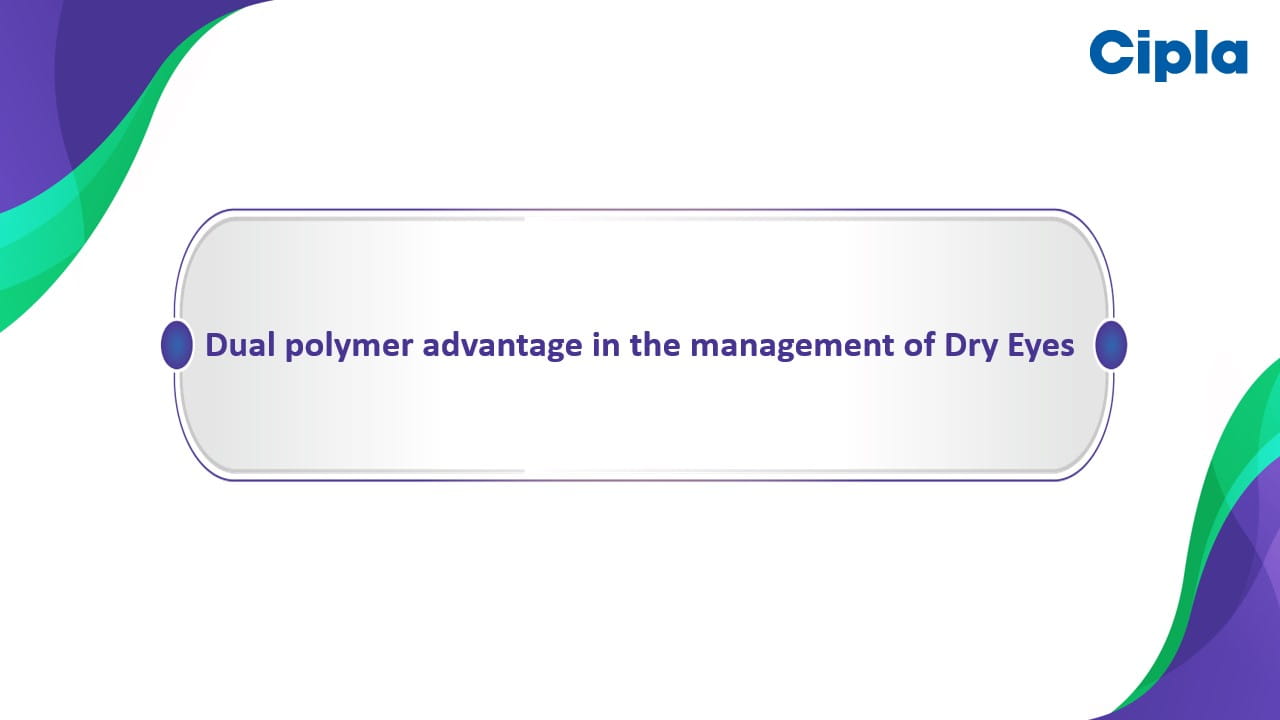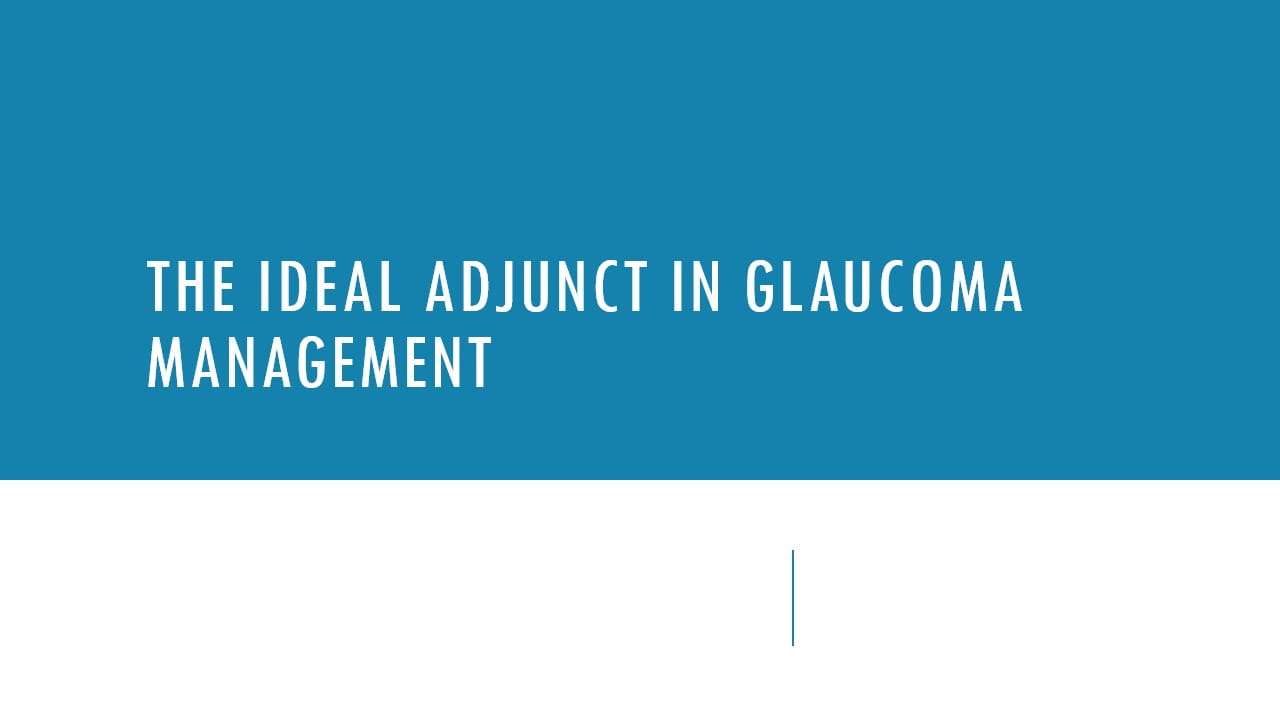Speaker: Jaime Aramberri
Presbyopia is the most common visual impairment in adulthood, with prevalence expected to increase until 2030, although a decline is anticipated as myopic individuals reach functional vision status. The condition has a significant impact on quality of life and is frequently compared to chronic diseases such as hypertension. However, presbyopia is considered to have a greater effect than hypertension, often serving as a primary motivator for patients seeking refractive surgery. Many baby boomers, previously treated for myopia, are now pursuing surgical correction for presbyopia. Various surgical techniques have been developed to address the condition. The increasing number of presbyopic patients underscores the growing demand for effective refractive surgical interventions.
PresbyLASIK is a LASIK technique that employs a multifocal or extended depth-of-focus profile on the cornea to enhance the depth of field. Compared to multifocal intraocular lenses, PresbyLASIK offers several advantages, including non-intraocular procedures, superior safety profile, and quick recovery due to topical anesthesia and brief surgical time. Its increasing popularity can be attributed to word of mouth and its ability to preserve the natural lens for potential future surgeries. Two primary strategies are used in PresbyLASIK: central PresbyLASIK, which increases the power in the central cornea for near vision, and peripheral PresbyLASIK, which enhances power in the mid-peripheral annular zone for near vision. Central PresbyLASIK is generally more effective than peripheral PresbyLASIK due to a synergistic effect with near vision-induced miosis, which increases power, spherical aberration, and creates a small aperture, facilitating improved near vision. The approach also involves less tissue ablation, making it easier for the brain to adapt and simplifying potential reversal.
In earlier years, LASIK was utilized to correct myopia by inducing a spherical aberration profile of C12, which increased depth of field and enhanced near vision. However, the approach also reduced visual quality, particularly in individuals with larger pupils. Additionally, myopic shifts in patients with small pupils decreased best-corrected visual acuity (BCVA). Research showed that attempting to increase the depth of focus by more than 1.5 to 2 diopters negatively affected the visual quality and BCVA. Micro-monovision techniques were introduced, incorporating refractive adjustments and spherical aberration to achieve functional near vision. The findings spurred the development of various surgical platforms aimed at improving near vision while minimizing compromises to visual quality.
Pupilometry is essential in pre-operative evaluations, particularly for assessing photopic and scotopic pupil sizes, as it helps understand pupil dynamics and optimize visual outcomes following surgery. The PresbyMax platform by Schwind is a widely-used system for bi-aspheric multifocal ablation profiles, designed to enhance intermediate vision by adjusting the pericentral cornea for distance and providing near vision. PresbyMax employs a micro-monovision approach, where the non-dominant eye is targeted for near vision with a refraction of approximately 0.87 D. In contrast, the dominant eye is optimized for distance vision. Three strategies are available to enhance the depth of focus: monocular, hybrid, and micro monovision. In the monocular approach, the depth of focus is increased only in the near eye, whereas the hybrid strategy equally enhances both eyes. PresbyMax also offers three options for adjusting the dominant eye, allowing for flexibility based on the patient's preference for either distance or near vision. The patient's desired balance between near and distance vision determines the depth of focus in both eyes, contributing to personalized treatment outcomes.
PresbyMax is a technique designed to enhance near vision, particularly in individuals with small pupils. In these approaches, the dominant eye is focused solely on distance vision, while the non-dominant, or hybrid, eye is optimized for intermediate distances, up to approximately one meter. The method provides results comparable to those of traditional monovision in small pupils. One of the advantages of PresbyMax is its reversibility, which is made possible by the PresbyMax Reversal software, allowing patients to revert the treatment if they are unsatisfied with the visual outcomes. Although PresbyMax can be used alongside various refractive corrections, there are certain limits to visual quality. Exceeding these thresholds can significantly increase optical aberrations, impacting overall visual clarity. Thus, it is crucial to adhere to these limits to maintain optimal visual outcomes.
Bausch & Lomb's SupraCor utilizes the Teneo laser to create a potent central zone of approximately 3 mm, similar to PresbyMax. The technique offers three levels of correction: mild, regular, and strong, and is applicable for both hyperopia and myopia. SupraCor is versatile, accommodating most refractions ranging from -5 to +3 diopters. The technique allows for customization based on the patient’s visual priorities, enabling a balance between near and distance vision. SupraCor is designed to optimize near vision, often at the expense of some distance vision. Additionally, the SupraCor system includes an advisor app compatible with mobile devices, including iPhone and Android, to assist with patient management and treatment planning.
The PresByond laser profile is designed to enhance depth of field by targeting specific levels of spherical aberration. The profile adjusts based on refraction, spherical aberration, and the optical zone, aiming to achieve micro-monovision. The technique involves introducing a degree of myopia in the non-dominant eye while leveraging spherical aberration to extend the depth of focus around zero, working synergistically with residual accommodation and pupil miosis. PresByond sets a threshold of 0.56 microns for spherical aberration within a 6 mm optical zone, which is considered optimal. In cases of corrected myopia, PresByond may either make minimal adjustments or none at all. For higher levels of myopia, it will reduce spherical aberration to an acceptable level. In instances of pre-existing high spherical aberration, PresByond will lower it accordingly. Conversely, PresByond increases negative spherical aberration for hyperopia, rendering the central cornea more prolate. In cases of severe hyperopia, PresByond may not perform any modifications. Both the dominant and non-dominant eyes are treated to achieve a spherical aberration level that enhances depth of field, creating what is known as the blend zone.
In correcting ametropia and presbyopia for individuals aged 40-60, distance vision outcomes generally range from 70% to 100%, with PresByond often providing superior results. Near vision, typically achieving J2 or better, falls between 80% and 90%. However, central power corrections can lead to a loss of visual lines, which might be problematic. PresByond is considered safer as it typically results in only a single line loss at a lower frequency, avoiding the loss of multiple lines. Long-term outcomes indicate that vision quality and performance in near vision tasks are comparable to pre-operative conditions. The most common approach is micro-monovision, where the dominant eye is corrected for distance vision and the non-dominant eye for near vision. Different platforms exhibit variability and require a learning curve. While results have not shown significant improvements over the past decade, there is some regression in the near vision effect that should be communicated to patients. Post-operative surveys generally reflect high levels of patient satisfaction with the outcomes.
42nd Congress of the European Society of Cataract and Refractive Surgeons, 6 – 10 September 2024, Fira de Barcelona, Spain.




